
The Boidae, commonly known as boas or boids, are a family of nonvenomous snakes primarily found in the Americas, as well as Africa, Europe, Asia, and some Pacific islands. Boas include some of the world's largest snakes, with the green anaconda of South America being the heaviest and second-longest snake known; in general, adults are medium to large in size, with females usually larger than the males. Six subfamilies comprising 15 genera and 54 species are currently recognized.

The chachalacas, guans and curassows are birds in the family Cracidae. These are species of tropical and subtropical Central and South America. The range of one species, the plain chachalaca, just reaches southernmost parts of Texas in the United States. Two species, the Trinidad piping guan and the rufous-vented chachalaca occur on the islands of Trinidad and Tobago respectively.

Phelsuma is a large genus of geckos in the family Gekkonidae. Species in the genus Phelsuma are commonly referred to as day geckos.

Chelidae is one of three living families of the turtle suborder Pleurodira, and are commonly called Austro-South American side-neck turtles. The family is distributed in Australia, New Guinea, parts of Indonesia, and throughout most of South America. It is a large family of turtles with a significant fossil history dating back to the Cretaceous. The family is entirely Gondwanan in origin, with no members found outside Gondwana, either in the present day or as a fossil.
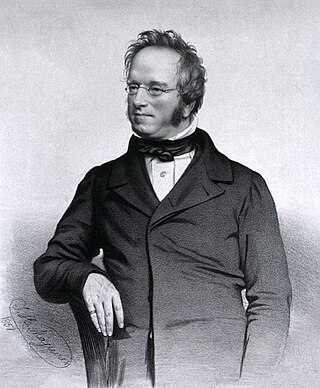
John Edward Gray was a British zoologist. He was the elder brother of zoologist George Robert Gray and son of the pharmacologist and botanist Samuel Frederick Gray (1766–1828). The standard author abbreviation J.E.Gray is used to indicate this person as the author when citing a botanical name. The same is used for a zoological name.

Littorinimorpha is a large order of snails, gastropods, consisting primarily of sea snails, but also including some freshwater snails and land snails.
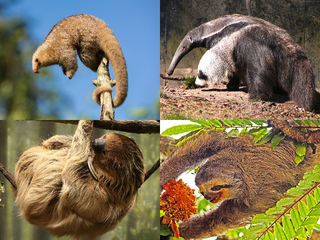
The order Pilosa is a clade of xenarthran placental mammals, native to the Americas. It includes anteaters and sloths. The name comes from the Latin word for "hairy".
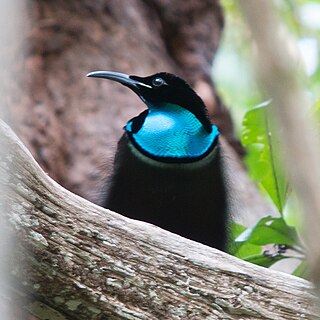
The magnificent riflebird is a species of passerine bird in the birds-of-paradise family Paradisaeidae.

John Joseph Bennett was a British physician and botanist. He was the younger brother of the zoologist Edward Turner Bennett.

Nilssonia is a genus of softshell turtles from rivers, streams, ponds, and lakes in South Asia and Burma. In many treatments, it is monotypic, with the single species Burmese peacock softshell. However, the supposed other genus of peacock softshells, Aspideretes, is more closely related to N. formosa than had been believed. They differ only in the neural plates between the first pleural scale pair of the bony carapace, which are fused into one in N. formosa and unfused in the others.

Sacalia is a genus of turtles in the family Geoemydidae. The genus was erected by John Edward Gray in 1870. The Sacalia is native to Southereastern China, Laos, and Vietnam. It was declared an endangered species of turtle by the IUCN Red List due to its illegal trade. The sacalia has a carapace of dark-brown color that permits it to camouflage to its habitat. They are believed to select the area of a river that better matches their color.

King Edward Street Chapel, Macclesfield is in the town of Macclesfield, Cheshire, England. It is recorded in the National Heritage List for England as a designated Grade II* listed building.

The Tonnoidea are a superfamily of sea snails, marine gastropod molluscs in the order Littorinimorpha. This superfamily includes many very large species.
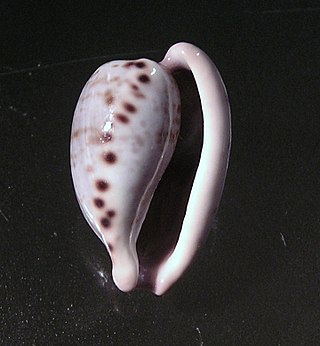
Cypraeovula is a genus of sea snails, marine gastropod mollusks in the subfamily Pustulariinae of the family Cypraeidae, the cowries.

Saiphos equalis, commonly known as the yellow-bellied three-toed skink or simply three-toed skink, is a species of burrowing skink found in eastern Australia. It is the only species classified under the genus Saiphos.
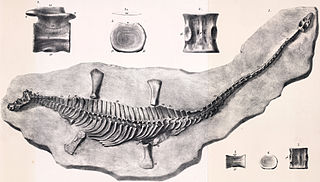
Microcleididae is an extinct family of basal plesiosauroid plesiosaurs from the Early Jurassic of France, Germany, Portugal and the United Kingdom. Currently, the oldest and the most known microcleidid is Eretmosaurus from the middle Sinemurian of the United Kingdom. Microcleididae was formally named and described by Roger B. J. Benson, Mark Evans and Patrick S. Druckenmiller in 2012.

Caracal is a genus in the subfamily Felinae of the family Felidae. It was proposed by John Edward Gray in 1843 who described a skin from the Cape of Good Hope in the collection of the Natural History Museum, London. Historically, it was considered to be a monotypic genus, consisting of only the type species: the caracal C. caracal.
Events from the year 1772 in Scotland.

The 31st Massachusetts General Court, consisting of the Massachusetts Senate and the Massachusetts House of Representatives, met in 1810 and 1811 during the governorship of Elbridge Gerry. Harrison Gray Otis served as president of the Senate and Perez Morton served as speaker of the House.

























